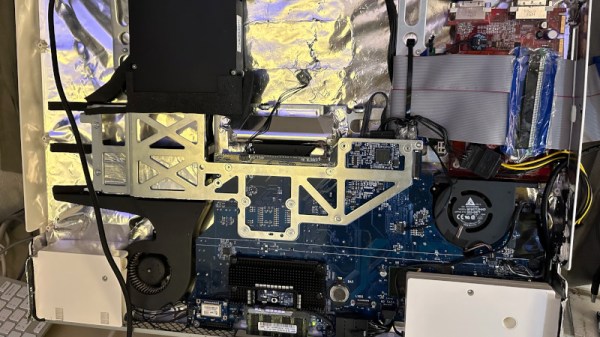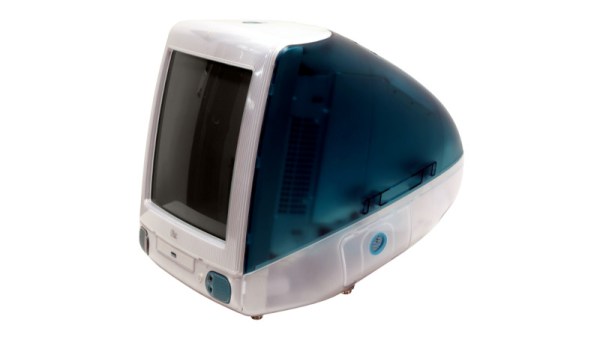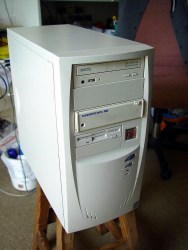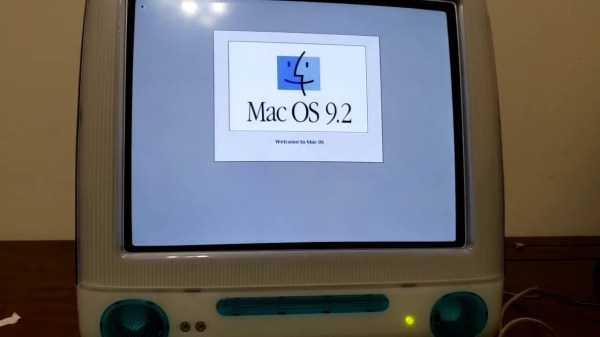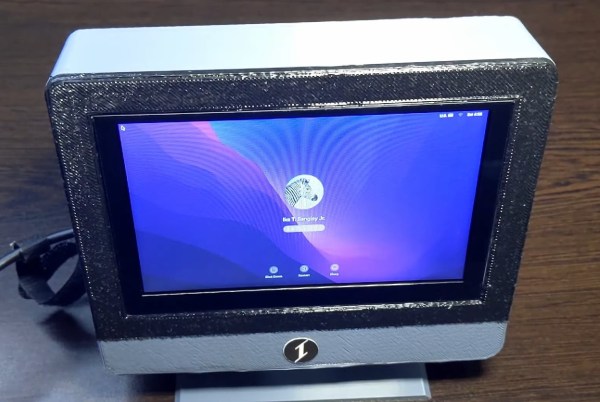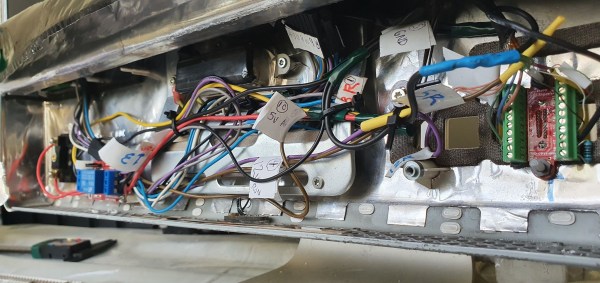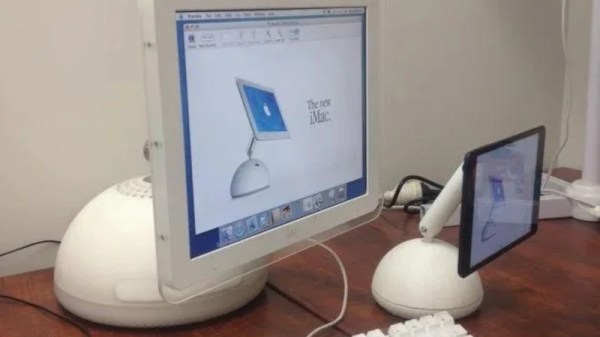
The Apple iMac G4 was also lovingly referred to as the ‘Apple iLamp’ due to its rather unique design with the jointed arm on which the display perches. Released in 2002 and produced until 2004, it was the first iMac to feature an LCD. With only a single-core G4 PowerPC CPU clocked at around 1 GHz, they’re considered e-waste by the average person.
That’s how [Hugh Jeffreys] recently found a triplet of these iMacs abandoned at an industrial site. Despite their rough state, he decided to adopt them on the spot, and gave one of them a complete make-over, with a good scrub-down and a brand-new LCD and Mac Mini M1 guts to replace the broken G4 logic board.
The chosen iMac had a busted up screen and heavily corroded logic board that looked like someone had tried to ‘fix’ it before. A new (used) 17″ LCD was installed from a MacBook Pro, which required the use of a Realtek RTD2660-based display controller to provide HDMI to LVDS support. The new logic board and power supply were sourced from a Mac Mini featuring the M1 SoC, which required a 3D printed adapter plate to position everything inside the iMac’s base. Wiring everything up took some creative solutions, with routing the wires through the flexible monitor arm the biggest struggle. The WiFi antenna on the Mac Mini turned out to be riveted and broke off, but the iMac’s original WiFi antenna could be used instead.
Although some clean-up is still needed, including better internal connector extensions, the result is a fully functional 2024 iMac M1 that totally wouldn’t look out of place in an office today. Plus it’s significantly easier to adjust the monitor’s angle and height compared to Apple’s official iMac offerings, making it the obviously superior system.
Continue reading “Rescued IMac G4 Restored And Upgraded With Mac Mini M1 Guts”


